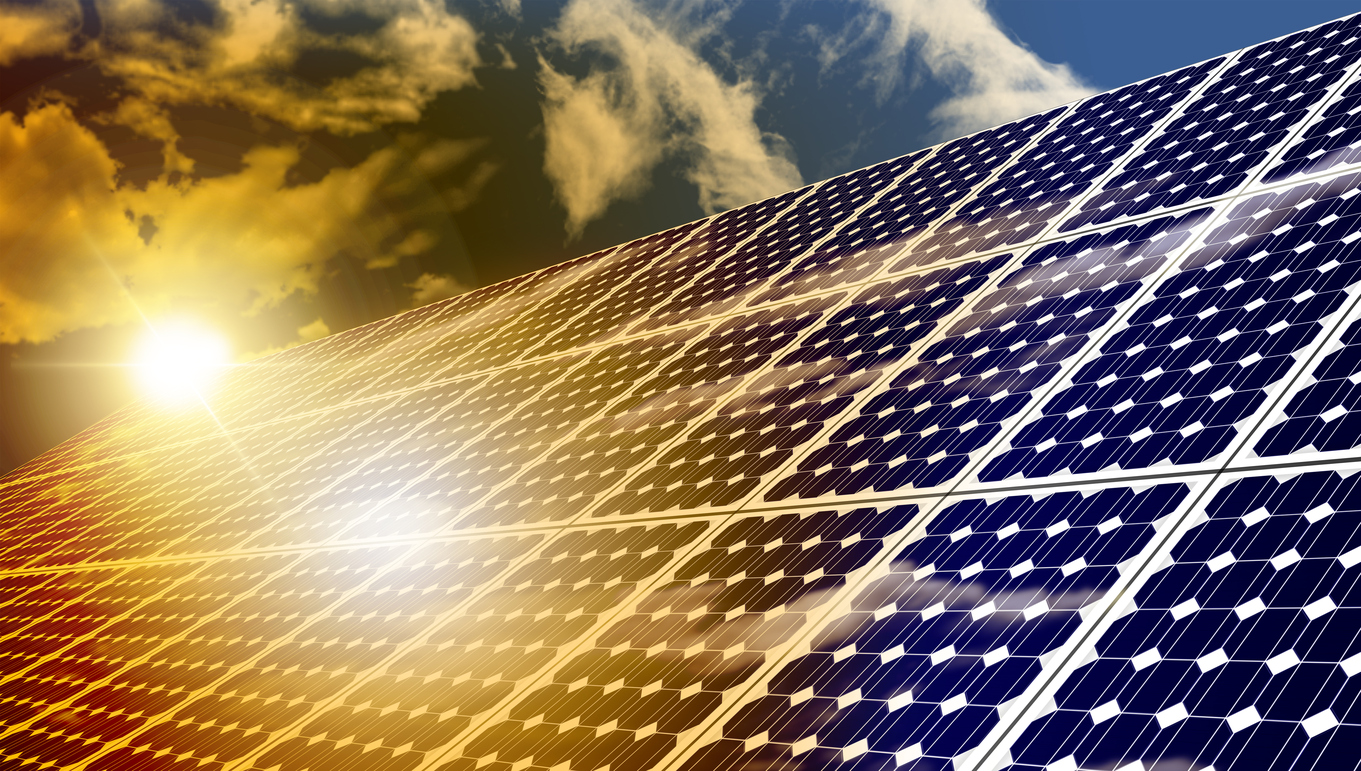In an age where sustainability is no longer a buzzword but a necessity, reducing home energy consumption has become paramount. Not only does it help in preserving our planet’s resources, but it also contributes to significant savings on utility bills.
Fortunately, there are several eco-friendly ways to reduce home energy consumption without compromising comfort or convenience. In this article, we will explore seven effective strategies to make your home more energy-efficient and budget-friendly.
1. Invest in Energy-Efficient Appliances
One of the most impactful ways to reduce energy consumption is to replace old, energy-guzzling appliances with modern, energy-efficient ones. Look for appliances with the ENERGY STAR label, which indicates they meet strict energy efficiency guidelines. While the initial cost may be higher, the long-term savings on your energy bills make it a worthwhile investment. Focus on major appliances like refrigerators, washing machines, and water heaters for the biggest impact.
2. Upgrade Your Home’s Insulation
Proper insulation is essential for maintaining a comfortable temperature inside your home while reducing the need for heating and cooling. Insulating your attic, walls, and floors can significantly improve your home’s energy efficiency. Additionally, sealing gaps and cracks in doors, windows, and ducts prevents drafts and heat loss. A well-insulated home retains heat in the winter and stays cooler in the summer, reducing the load on your heating and cooling systems.
3. Install Programmable Thermostats
A programmable thermostat allows you to set specific temperature schedules for different times of the day. This means you can lower the heat or raise the air conditioning when you’re not at home or when you’re sleeping. By optimizing your heating and cooling systems, you can save a substantial amount on your energy bills. Some advanced thermostats even learn your preferences over time and adjust accordingly for maximum efficiency.
4. Harness the Power of Natural Light
Maximizing natural light in your home not only reduces the need for artificial lighting during the day but also helps regulate indoor temperatures. Keep curtains and blinds open during daylight hours to let in the sun’s warmth during winter. In the summer, use reflective or light-colored window treatments to block out excessive heat. Energy-efficient windows with low-emissivity coatings can also prevent heat gain and loss.
5. Switch to LED Lighting
Traditional incandescent bulbs are not only less energy-efficient but also have a shorter lifespan compared to LED (Light Emitting Diode) bulbs. LED bulbs use significantly less electricity and can last up to 25 times longer. By replacing your old bulbs with LEDs, you’ll reduce energy consumption and the frequency of bulb replacements, saving both energy and money in the long run.
6. Unplug Devices and Use Power Strips
Many electronic devices and appliances continue to consume energy even when they’re turned off or in standby mode. This is often referred to as “phantom power” or “vampire power.” To combat this, unplug devices when they’re not in use or use smart power strips that automatically cut off power to devices when they’re not needed. This simple habit can lead to noticeable energy savings over time.
7. Go Solar
Harnessing the power of the sun by installing solar panels on your home is a sustainable and cost-effective way to reduce energy consumption. Solar panels generate electricity from sunlight, reducing your reliance on grid power. Depending on your location and the size of your solar array, you can even generate surplus electricity that can be sold back to the grid, further reducing your energy costs and potentially providing a source of income.
In conclusion
Reducing home energy consumption not only benefits the environment but also your wallet. Implementing these eco-friendly strategies, such as upgrading to energy-efficient appliances, improving insulation, and using programmable thermostats, can lead to significant long-term savings on your energy bills. Additionally, simple changes like maximizing natural light, switching to LED lighting, and unplugging devices when not in use contribute to a more sustainable and budget-friendly lifestyle. Finally, considering solar power as a renewable energy source is a forward-thinking investment that not only reduces energy costs but also promotes a greener future for all. By adopting these practices, you can take meaningful steps towards reducing your carbon footprint and achieving financial savings simultaneously.



 Bitcoin
Bitcoin  Ethereum
Ethereum  Tether
Tether  XRP
XRP  Solana
Solana  USDC
USDC  TRON
TRON  Cardano
Cardano  Lido Staked Ether
Lido Staked Ether  Avalanche
Avalanche  Toncoin
Toncoin